18 Beginner Standing Yoga Poses For Building Strength & Stability
The post 18 Beginner Standing Yoga Poses For Building Strength & Stability appeared first on The Yoga Nomads.
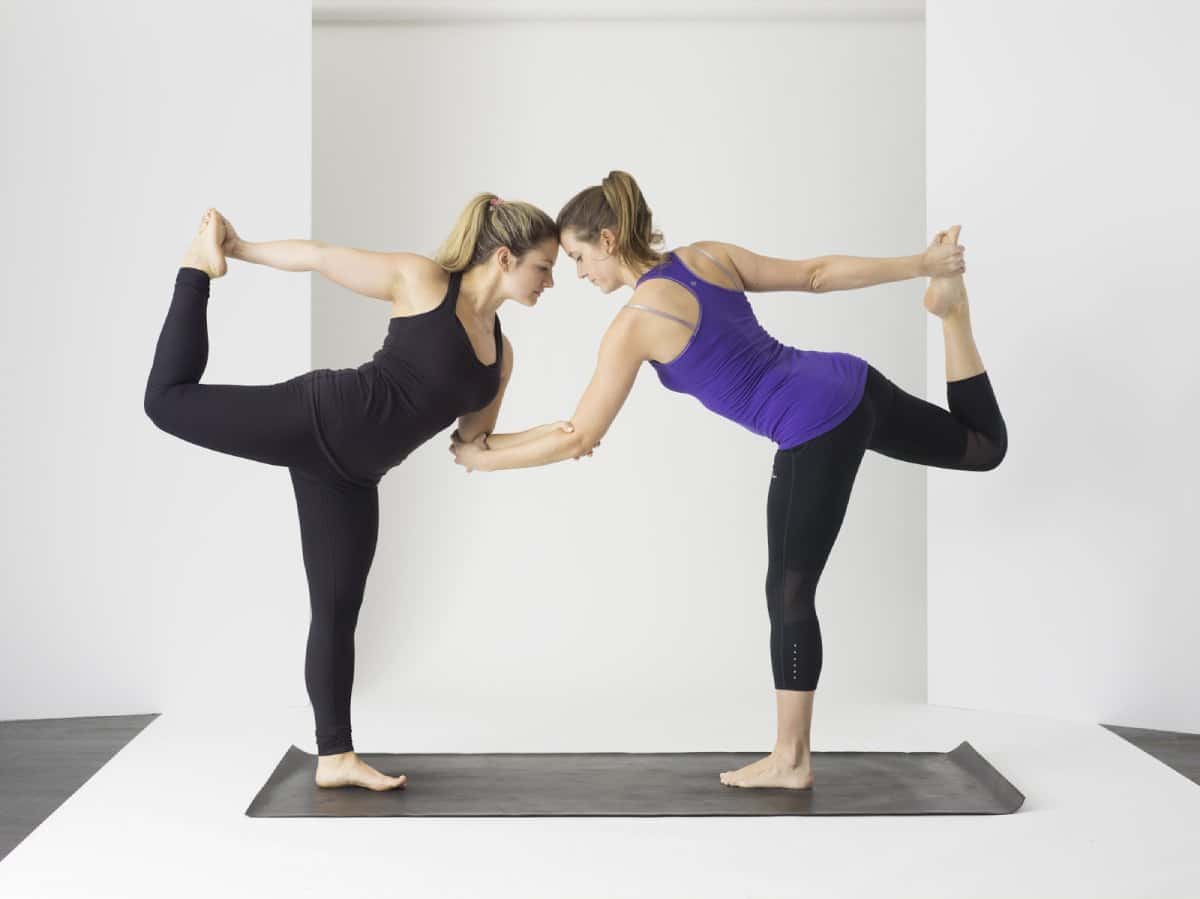
Whether it’s at our work desk, in our car, or on the sofa, as a species, we have never spent as little time on our feet as we do today.
Unfortunately, this creates weakness and imbalance in the lower body, decreased mobility, and super tight hamstrings and hip flexors!
This is just one reason why practicing yoga is so powerful. The standing yoga poses found in any “yang” style yoga class are excellent at strengthening and stretching the legs, hips, and back, helping to build strength, increase flexibility, and improve posture.
So, if you’re seeking a way to counter-balance a sedentary lifestyle, want to feel stronger, or improve your balance, yoga is the solution.
Let’s explore how standing yoga poses can help you do that and how to practice them!
18 Classic Standing Poses In Yoga
Here are the 18 most common and beneficial standing yoga poses in Hatha, Vinyasa & Ashtanga yoga classes.
Mountain Pose
The mountain pose, or Tadasana in Sanskrit, is the most foundational asana in any classic yoga sequence. It is the starting and finishing position in sun salutations and vinyasa flows. While it looks simple, the mountain pose teaches us correct posture, helps to stabilize the core muscles, and strengthens the lower body.
Standing Forward Fold

Standing forward fold (Uttanasana) is another featured posture in the sun salutation. It deeply stretches the calves, hamstrings, and back, releasing tension in the lower back and improving spinal mobility. It also has a soothing effect on the nervous system and the mind, reducing insomnia and stress.
Warrior 1
Warrior 1 is the first of the warrior poses and is found in sun salutation B from the Ashtanga lineage. It strengthens the entire body, including the legs, arms, shoulders, and back. It also opens and stretches the hips and chest, improving lung capacity and general body stability.
In this pose, your hips should be facing forwards with both soles of the feet on the floor. Turn the back foot to 45 degrees and keep the front toes facing forward. Bend your front knee to stack over the ankle as you sink your hips. Keep the back leg straight. Reach your arms up alongside your ears, palms facing each other. Engage your core as you press firmly into both legs and keep your gaze on a fixed point.Warrior II

Warrior II is one of the most strengthening standing yoga postures, building lower and upper body strength. It involves a deep hip and groin stretch and opens the chest and shoulders.
In the pose, the hips are facing out to the side. Turn your back foot to 90 degrees and keep your front foot forward. Bend your front knee while keeping the back leg straight. Widen your legs to find a deeper stretch to the inner hip flexors. Open your arms in a straight line (aligned with your shoulders) and palms facing down. Look to your front hand.Warrior 3
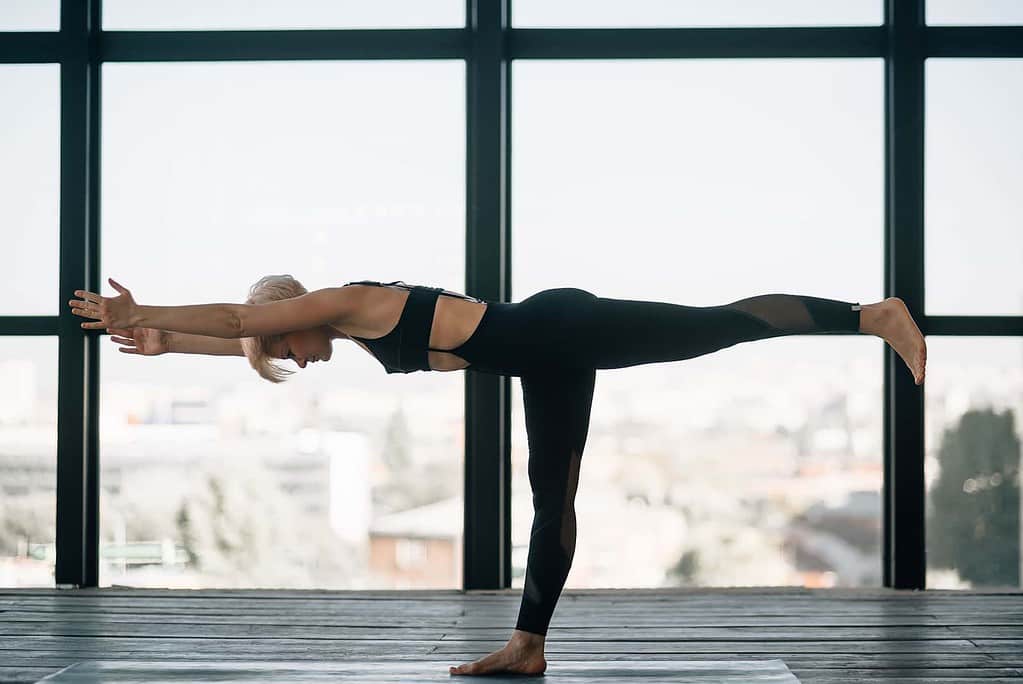
Warrior 3 is one of the foundational balancing poses. It builds strength in the standing leg, improves core stability, and works on balance.
Bring your hands to your hips and float your left leg back and up. At the same time, lower your upper body, aiming to create a straight line with your upper body and floating leg. Reach your arms forward in line with your side body and press firming into your right foot.Reverse Warrior

Reverse warrior gives a deep stretch and opening to the side body (ribs and intercostal muscles), chest, and lungs. Thus, it promotes deeper breathing and improves lung capacity while strengthening and stretching the legs.
From the warrior II position, flip your front palm. As you inhale, sweep the arm up and back, bringing your backhand to your back thigh. Look up to your top hand as you reach as far back as possible. Keep your front knee stacked over the ankle and leg muscles engaged.Triangle Pose

Extended triangle pose is often practiced after reverse warrior as it compresses the side of the body that was just stretched while opening the opposite side. It strengthens the entire back and is a deep chest and shoulder opener.
From warrior II, straighten the right leg. Reach your right hand forwards on an inhale, then bring it down to your calf, ankle, or yoga block. Extend your left arm up and look up.
Reverse Triangle Pose

As the name suggests, the reverse triangle is a reversed version of the extended triangle pose. It involves a deep spinal twist, stimulating the digestive organs and toning the core muscles.
As so much is happening in the upper body, this posture requires additional lower body stability than the other standing poses. Thus, it significantly improves leg strength, balance, and spatial awareness.
Extended Side Angle Pose

The extended side angle pose is another of the traditional standing yoga poses that stretch and opens the side body. It is similar to a triangle pose, but the front knee is bent, and the top arms reach forwards rather than up.
From the triangle, bend your right leg, stacking the knee over the ankle. Place the right hand on the floor or a block. Reach your left arm over your head so the hand points to the top of the mat, palm facing down. Pull your top shoulder back to open your chest and look up to the top arm.Humber Warrior

Humber warrior is one of the best standing yoga poses for people with tight shoulders. It stretches the chest, wrists, and spine while deeply opening the hips.
From warrior 1, clasp your hands behind your lower back and as you inhale, draw your shoulders back and open your chest. As you exhale, bend from the hips and lower your upper body to the inside of the front knee. Keeping your hands clasped, reach them up and over as you relax your head and neck.Crescent Lunge

Crescent lunge, or high lunge, is similar to warrior 1, but the back heel comes off the floor, and the toes of both feet face forwards. The hips are turned forwards, and the front knee is bent. Arms can be straight alongside your ears, or you can do any arm variation, like cactus arms.
Pyramid Pose
Pyramid is one of the most beneficial poses for those with tight hamstrings. As it involves a forward fold, it is also a nice counterpose after the standing poses that open the chest of the side body.
From Warrior 1, straighten the front leg and bring your hands behind your back, either in reverse prayer position or opposite hand to the opposite elbow. Inhale to lean back slightly, exhale to hinge forward from the hips, and fold your torso over the front leg. Hold here, or you can release your hands by the front foot.Chair Pose

The chair pose is one of the more challenging standing yoga poses. It builds endurance, stimulates the circulatory and metabolic systems, and strengthens the legs, back, and shoulders.
With your feet hip distance or together, bend your knees and sink your hips like you are sitting in a chair. Then, reach your arms overhead, in line with the ears, and hold for several breaths.
Half Moon Pose
Half moon is one of the most fun balancing poses, often practiced from an extended side angle. It involves balancing on one leg while holding your body at a 90-degree angle.
From an extended side angle, step your back foot slightly in to shift your weight forward. Bring your hand about one foot in front of your front leg. Slowly float the back leg of the mat and straighten your front knee as you bring the floating leg up to a 90-degree angle, in line with the upper body. Extend your top arm and look up, both palms facing to the side.Tree Pose

The tree pose is one of the most well-known and easily recognized standing yoga poses. It improves stability, balance, and concentration while toning the core and strengthening the standing leg.
To enter the tree pose from standing, turn your left knee to the side and bring the left foot to the right ankle, calf, or thigh. Next, press firmly into the right foot and place your hands in the prayer position at the heart center or reach them overhead.
Standing Splits
Standing splits combines balance with a hip opening while creating deep spinal flexion.
From Uttasana, float one leg behind you as you hug your chest to the other leg. Use your breath to work on floating the back leg up further. You can also bring one hand to the standing leg to deepen the posture.
Dancer Pose

This fun, elegant-looking balance posture opens the chest, heart, and shoulders. It also involves a deep spinal extension and brings a juicy stretch to the quad.
From standing, bend your left knee and grab the foot. Next, reach your right arm up then slowly kick your left foot into your hand as you bring your chest forwards, creating an arch in the spine.
Goddess Pose
The powerful goddess pose is energizing and strengthening. It builds confidence and stamina while opening the hips and toning the inner thigh muscles.
Take a wide-leg standing position with the toes pointing out 45 degrees and the heels slightly turned in. Bend your knees and sink your hips, bringing your thighs parallel to the floor. Open your arms and bend your elbows with palms facing forward. Work on drawing the elbows back slightly to create space in the chest.Final Thoughts On Standing Yoga Poses For Beginners
These beginner yoga poses will help you become stronger and more flexible while improving your balance and body awareness.
Practice these standing postures a few times a week to reap these benefits. And remember to practice seated and reclined postures afterward to cool down the muscles and prevent injury!

 Koichiko
Koichiko 







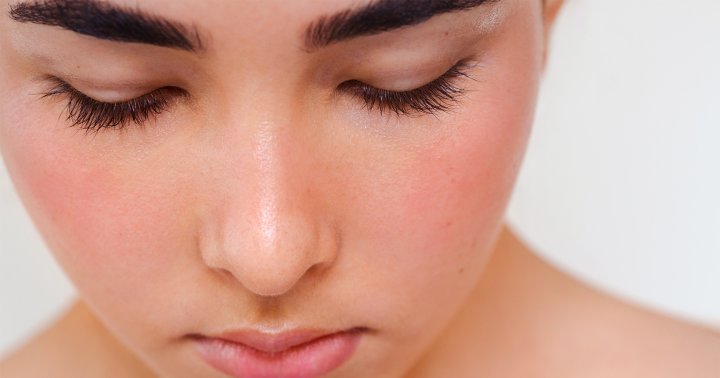
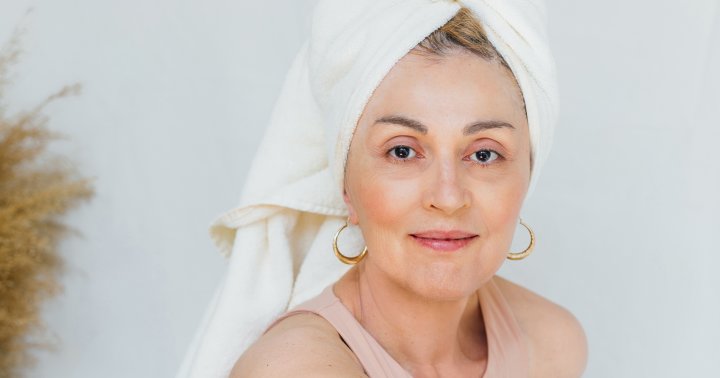
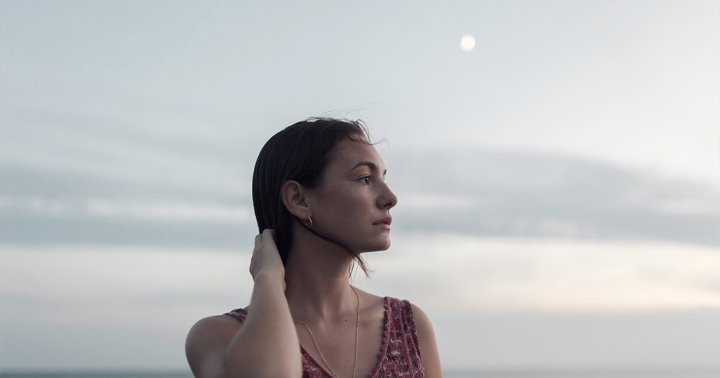
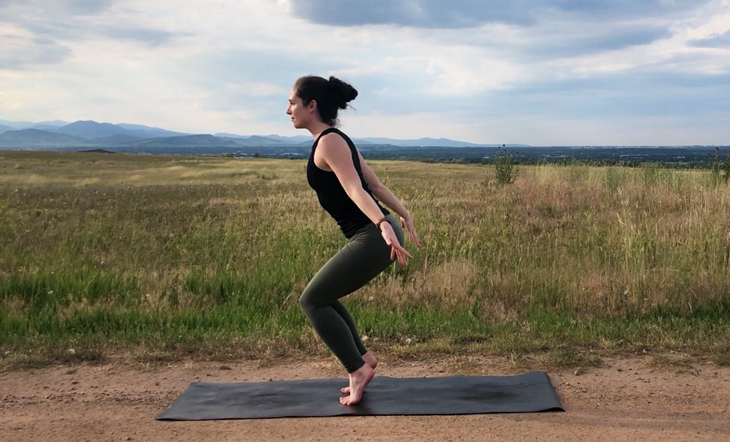













.jpg?trim=0,0,0,0&width=1200&height=800&crop=1200:800)






